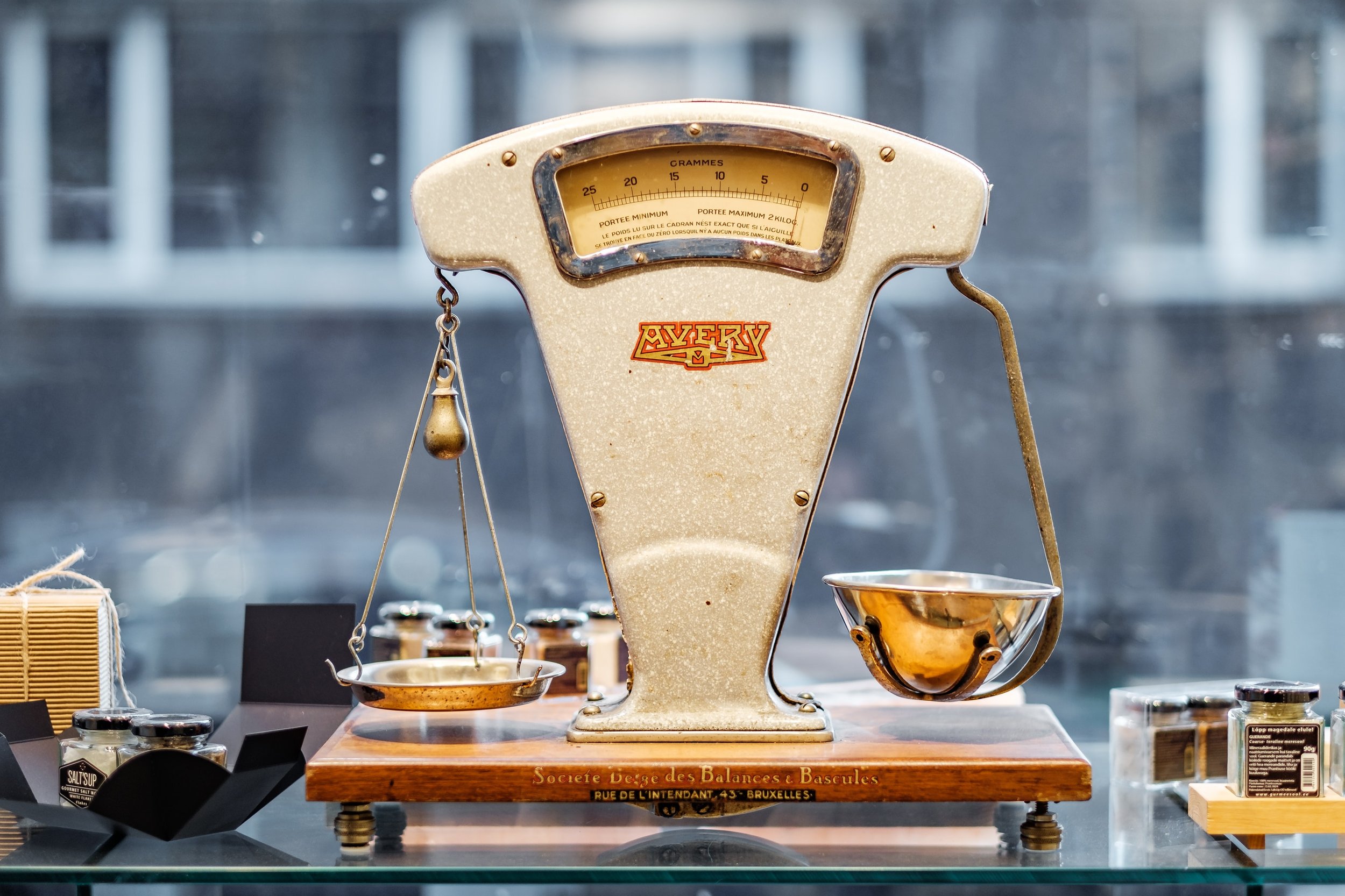Why you need “50/50” forecasts - and how to create them
Image by Piret Ilver via Unsplash
Forecast accuracy is critical for business success. But biases are everywhere when it comes to forecasting. That’s especially true if you collaborate with different teams.
On the one hand, the estimates you get from, say, the sales team may be leaning heavily to the conservative side. That’s because sales leaders want to be able to beat expectations.
On the other hand, the inputs you get from senior executives may be too aggressive. They are farther removed from the business’s day-to-day challenges and hope that challenging their team with “stretch” goals motivates them to go for more.
But forecasts are neither benchmarks you want to “beat,” nor are they targets to challenge your team. The objective of forecasting is to predict business performance and transactions as accurately as possible. That’s it. Why is forecast accuracy important? Because leaders are making decisions based on it.
Here are a few real-life situations that require accurate forecasts:
❓ “How much can we spend on Marketing expenses next quarter while maintaining current profit margins?”
[relies on: revenue forecast]
❓ “If we purchase machines for $10M next quarter, will we need to delay other purchases to stay cash flow positive?”
[relies on: cash flow forecast]
❓ “We received 100 new orders for customer x for next month, do we need to have employees work overtime to fulfill it?”
[relies on: production forecast, logistics forecast, demand forecast]
To have forecasts with consistently high accuracy, they need to be “50/50 forecasts”. That means, there is a 50% chance the forecast is too high and 50% that it’s too low. In other words, it’s free of bias. How can we achieve that?
Create separate top-down and bottom-up forecasts.
Different teams should prepare each one. Business teams (budget owners) create detailed bottom-up forecasts by adding up individual projects or revenue streams. Executives and FP&A teams create top-down forecasts. Then, you iterate between the two versions until you reach an agreement with all parties involved.
Voila, you’ll now have a 50/50 forecast with optimized accuracy.
So, remember:
1️⃣ Forecasts aren’t targets. The objective is accuracy.
2️⃣ Accuracy matters because it’s the foundation of downstream decision-making.
3️⃣ Optimize for accuracy by aiming for 50/50 forecasts. Iterate between top-down and bottom-up versions to get there.
If you’d like to learn more about FP&A, I offer help in three ways:
1️⃣ Subscribe to my free newsletter “FP&A Tuesday” here.
2️⃣ Listen to 75 bite-sized mini lessons and get FP&A advice on the go.
3️⃣ Join my live online course FP&A Bootcamp to master FP&A in two weeks.

